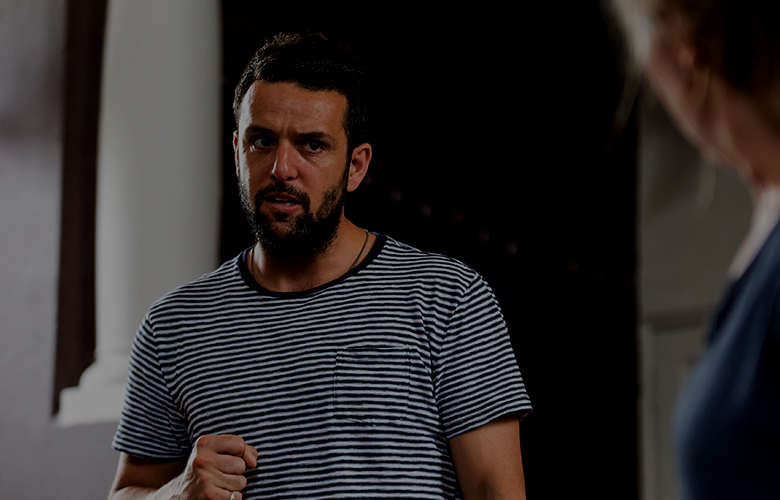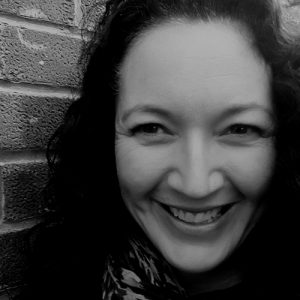
As Catherine Boyle wrote in her article, Theatre In Translation Part 1: The Script, one of the challenges of translating dramatic texts, particularly texts written in the last few decades (for we don’t seem to worry about these issues when translating Euripides or Ibsen), is respecting the ‘difference’ of the original text yet wanting it to have immediate resonance within the cultural context where it is being (re)performed.
A playwright working on her own, honing a literal translation, may not be able to come to grips with the untranslatable, and may, consciously or not, stamp her own peculiarities upon the original. A translator working on his own may miss some of the intricate dramaturgical techniques employed by the original writer. Both may get so caught up in the intensity of working between languages, that they forget that a script is only one layer of performance.
It is for this reason that Head for Heights puts translators, actors, directors, and writers in a room together.
Each specialist feeds the other, approaching the script in an active way, and teasing out layers of meaning. Although they are not often given credit for it, actors are language experts.
They spend their lives experimenting with language and examining the close link between modes of speech and character. They can advise when a line simply does not ring true; this information is invaluable for the translator.
We specialise in work that deals with voices from the margins of society and is written from real roots but in poetic mode; we reject the notion that lyrical speech belongs only to the educated classes. The playwrights who interest us tend to use the language of the street, the favela or the campasino. Hence, it is hard to find English equivalents that ring true and maintain the lyrical lift of the original. We have discovered that working with actors at an early stage helps to reveal the emotional action of the play, and this guides us towards a language that we believe is as close as possible to the heart of the piece that we are working on.
The structure of typical Head for Heights research and development workshops has been developed by director Sue Dunderdale and Catherine Boyle and involves four strands: character, action, physicalisation, and improvisation.
Over the course of the workshop, the actors record all their ‘facts from script’, both in relation to the South American context but also considering a potential British context. Every so often we hot-seat the characters and then discuss outcomes. This helps us in our decision process about whether this play should be transposed to a British street context or stay in the favelas where it is set.
The main section of the workshop is devoted to breaking the play into its major units of action, thus revealing its dramatic structure. For each unit, we compose a very active title that sums up what happens in the unit: the emotional action. Once this process is completed, we read through the whole script with its unit titles, as we start to absorb the emotional structure of the play.
The next stage sees the actors finding a strong physical image and sound for each unit, with the director reminding them of the unit titles. The performers start to build a sound and physical action storyboard of the play. This not only outlines the narrative action but, through the physicalisation and the actor’s utterances (even if they are simply guttural noises), conveys an instinctive emotional story line which helps the translator/writer to get behind the words to the real meaning of what is going on with the characters.
The actors now have a clear instinctive imprint of the shape of the play held within them. Throughout this process we have continued with the character research and discussions, so the actors are now in a position to improvise the play, section by section, and the translator/writer can absorb and implement the kind of language that they use as they tell the story in their own way.
Finally, we return to the script and read it through, with this experience behind us, stopping to discuss our discoveries through the workshop. Now the translator/writer is able to proceed with the refinement of the text. We will have decided essentially whether we are setting the play here or on its city of origin and we will be ready to take the play forward for a reading and then production.
This process has led to two fully staged productions (Beasts at Theatre503 and our current production of Mad Man Sad Woman at the Space); we also have a number of scripts undergoing development. The company actively seeks dialogue with other practitioners about ways into the translated text.
Sue Dunderdale is a trailblazing director who is a director most known for fostering new talent and award-winning writers.She has directed, amongst many others, Sean Bean (Killing the Cat – Royal Court Theatre), Helena Bonham-Carter (Woman in White – Greenwich Theatre), Clark Peters (Othello– Greenwich Theatre), Ian Hart and Johnny Lee Miller (EastEnders) and Rupert Evans (Rockface) and Lindsey Marshall (Peak Practice).
Juan Radrigán’s Mad Man Sad Woman, translated by Catherine Boyle and directed by Sue Dunderdale for Head for Heights Theatre runs at The Space, London 20 June – 8 July.


Karen Morash is in the final stages of a practice-as-research PhD at Goldsmiths, University of London, with a focus on collaborative playwriting. Karen is a producer for Head for Heights and a playwright.
Read Full Profile© 2021 TheatreArtLife. All rights reserved.

Thank you so much for reading, but you have now reached your free article limit for this month.
Our contributors are currently writing more articles for you to enjoy.
To keep reading, all you have to do is become a subscriber and then you can read unlimited articles anytime.
Your investment will help us continue to ignite connections across the globe in live entertainment and build this community for industry professionals.